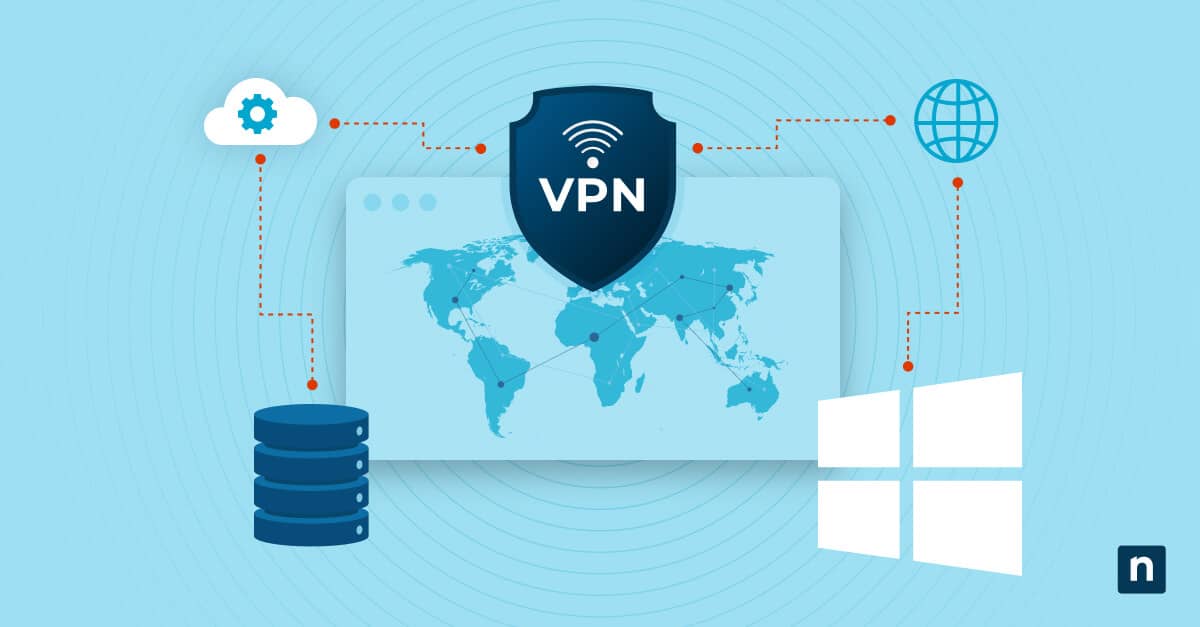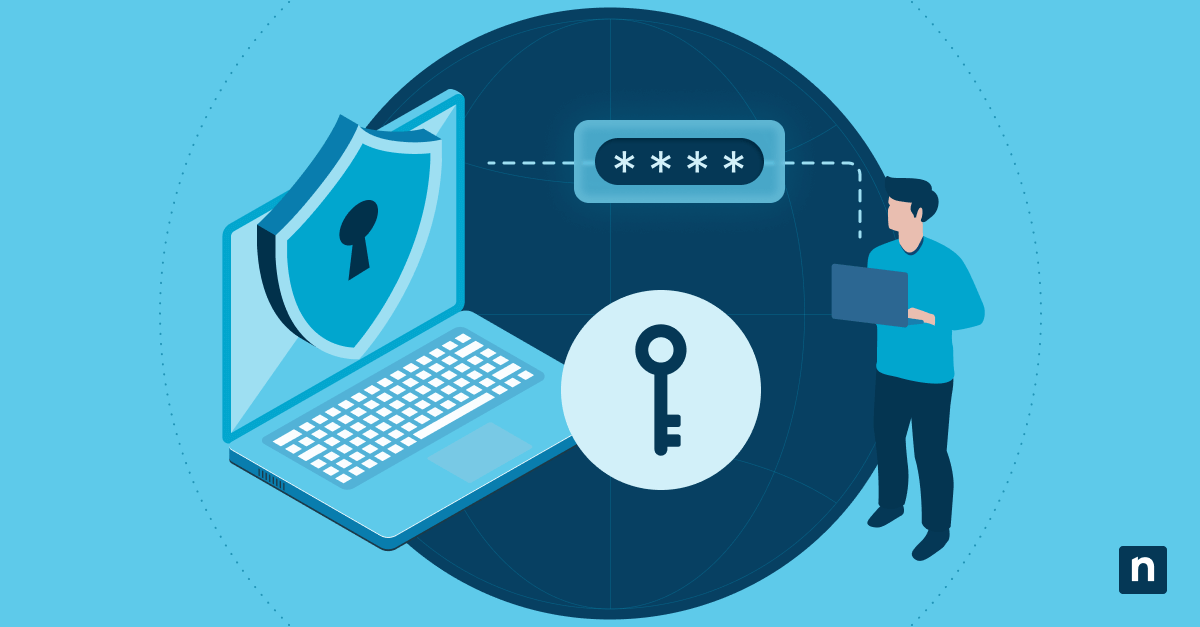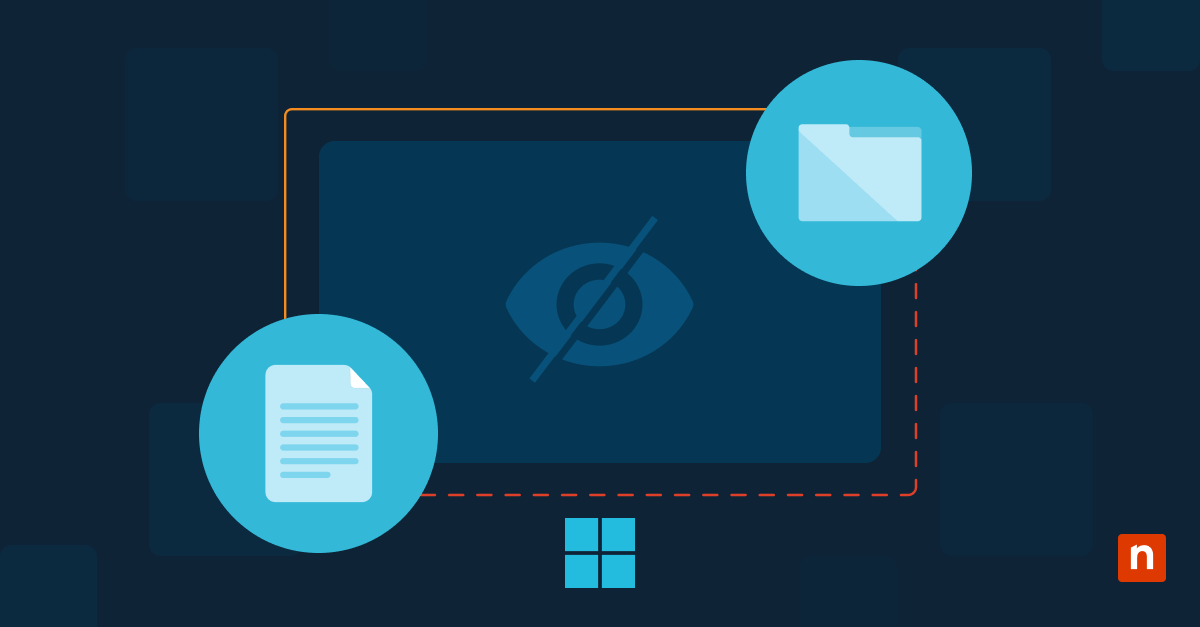Implementing a robust cybersecurity strategy is not optional; it’s essential. Organizations must adopt effective measures to protect their sensitive data and systems. Yet, while companies recognize the value of a comprehensive approach like zero trust security, implementing it can seem overwhelming. With a straightforward guide detailing how to implement zero trust, your organization can take action to protect your resources — before a major security incident happens.
Benefits of implementing zero trust security
Zero trust assumes that no individual or entity can be trusted, whether inside or outside a network. This approach limits who can access a network and how users move throughout it, protecting resources from outside and inside threats. Zero trust security offers the following advantages.
Granular access control: Zero trust gives you precise control over resource access. Rather than relying on a network perimeter, zero trust security focuses on verifying the identity and authorization of every user and device, regardless of their location.
Enhanced visibility and monitoring capabilities: Implementing a zero-trust architecture can give you deeper insights into network traffic, user behavior, and potential security threats. This heightened visibility enables quicker detection and response to anomalies or suspicious activities, minimizing the potential damage caused by cyberattacks.
Stronger overall data protection: In an environment where sensitive data is constantly being stored and transmitted, you must always ensure its security using a data protection plan. Zero trust security includes robust encryption measures, data loss prevention mechanisms, and ongoing data flow monitoring.
This comprehensive approach helps safeguard sensitive information from unauthorized access and significantly reduces the risk of breaches.
How do I start with zero trust?
Understanding how to implement zero trust security requires careful planning from the beginning. Get started with these steps:
-
Assess your current security posture
Before you address how to implement zero trust, evaluate your organization’s current security measures and identify any potential vulnerabilities. Conducting a thorough security audit will help you understand your existing network architecture, user access controls, and data protection mechanisms.
-
Define your security objectives
State your security objectives and what you aim to achieve with a zero-trust implementation. These might include protecting sensitive data, preventing unauthorized access, or improving incident response capabilities. Well-defined objectives help guide your implementation strategy.
-
Identify critical assets and data
Identify the most critical assets and data that require protection, including customer information, intellectual property, and financial data. This will help you prioritize your implementation efforts.
-
Map out your network and user access
Create a comprehensive map of your network infrastructure, including all devices, servers, and endpoints. While you’re at it, identify all user roles and their corresponding access privileges. This will serve as a foundation for implementing granular access controls.
-
Implement strong authentication mechanisms
Implement multi-factor authentication (MFA) for all user accounts. This adds an extra layer of protection by requiring users to provide additional authentication factors, such as a password and a unique code sent to their mobile device.
3 key principles to implement zero trust security
Every successful zero-trust implementation follows these three key principles:
- Verify every user and device: Every user and device attempting to access resources must be verified and authenticated at every data point, using continuous verification and strong authentication mechanisms, such as MFA.
- Continuously monitor and analyze: Rather than taking defensive action after a breach, assume threats are imminent and continuously monitor and analyze network traffic, user behavior, and system logs. This allows for real-time detection of any anomalies or potential security threats.
- Implement least privilege access: Grant users the minimum level of access required to perform their job functions — the Principle of Least Privilege (PoLP). This ensures that even if a user’s account is compromised, the potential damage is limited.
Tips on how to implement zero trust security
Bringing zero trust security to your organization can be a complex and time-consuming process. Here are some tips on how to implement zero trust efficiently:
- Start with a pilot project: Implement zero trust security in a small, controlled environment or with a specific department. This lets you test and refine your approach before rolling it out across your organization.
- Collaborate with stakeholders: Involve key stakeholders, such as IT teams, security personnel, and business units, in the implementation process. Their input and expertise can help ensure a smooth transition and address any potential challenges.
- Provide user training and awareness: Educate users about their role in addressing how to implement zero trust security and the importance of maintaining a secure environment. Conduct regular training sessions and share best practices to help users understand and adhere to security protocols.
- Leverage technology solutions: Endpoint management and monitoring solutions can simplify and automate the implementation of zero trust security by providing centralized visibility and control over user access, device management, and threat detection.
Best practices to implement zero trust security
These additional best practices will help ensure your organization’s zero-trust rollout goes smoothly:
- Implement multiple layers of security controls, including network segmentation, strong authentication, encryption, and intrusion detection and prevention systems. This helps defend against a wide range of cyber threats.
- Keep all software, applications, and systems up to date with the latest security patches and updates to address any known vulnerabilities that attackers could exploit.
- Establish a robust monitoring and incident response framework to quickly detect and respond to any security incidents. Automated alerts, real-time threat intelligence feeds, and a well-defined incident response plan minimize the impact of any potential breaches.
- Continuously review and update your security policies and procedures to adapt to evolving threats and technologies. Regular policy reviews ensure that your zero-trust implementation remains effective and aligned with your organization’s security objectives.
Challenges to implementing zero trust security
While zero-trust security offers numerous benefits to your organization, updating your cybersecurity strategy may present several challenges.
For starters, you might be running legacy systems and applications. Older systems may not be designed to operate with zero trust principles, making them complex and time-consuming to integrate into a zero trust architecture. Any system that can’t be adequately secured should be retired or replaced.
You may also encounter change management challenges. Users may resist security changes, particularly if those changes affect their workflow. User training and awareness can help address these concerns and promote user adoption.
Implementing zero trust security can be complex and costly, especially for large organizations with diverse systems and user roles. Careful planning and coordination across departments help ensure a manageable implementation.
Be sure to closely evaluate the costs of technology solutions, training, and additional resources. Determine which investments have long-term security benefits and return on investment
A partner in zero trust implementation
Zero trust security is an essential step toward enhancing cybersecurity in today’s dynamic threat landscape. By adopting the principles of verification, least privilege access, and continuous monitoring, you can significantly reduce the risk of data breaches and unauthorized access.
Remember, however, that zero trust security is not a one-time implementation but an ongoing, complex process that requires regular updates and adaptation to stay ahead of evolving cyber threats. Implementation may stretch your IT department thin when they’re already overwhelmed with many day-to-day tasks.
You can simplify your zero trust implementation with the help of NinjaOne. Our endpoint management solution provides monitoring and alerts, automates patch management and endpoint tasks, and helps secure endpoints, which can be an entry point for cyberattackers. Keep your entire network safe and implement zero trust with NinjaOne’s endpoint management and monitoring solution.








